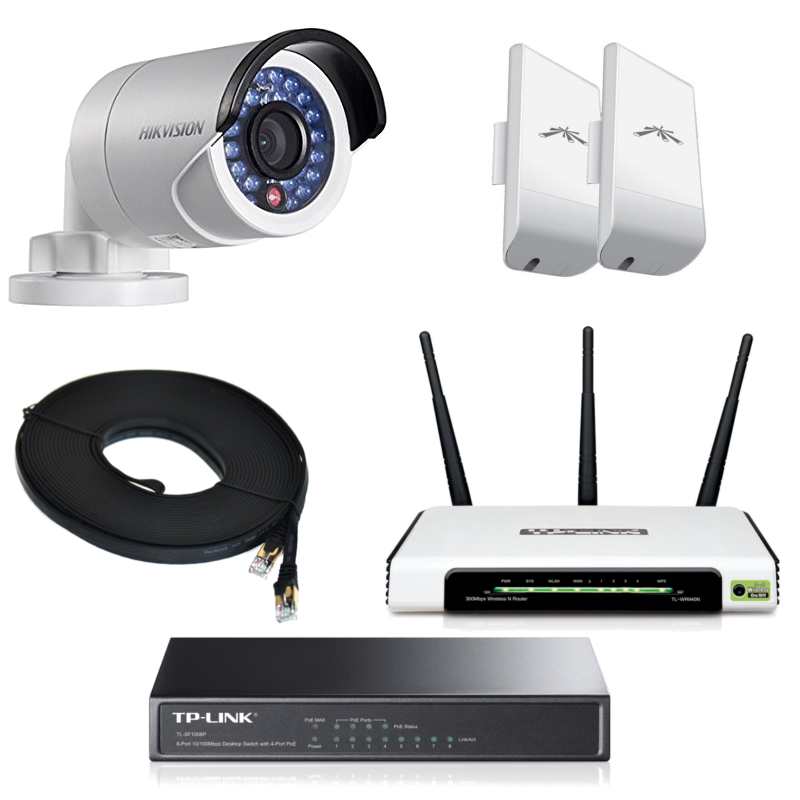Bullet Cameras
Watching your animals with Bullet Cameras
Bullet Cameras are small video cameras that are shaped like rifle bullets. These cameras are typically the width of a cigar. Bullet cameras easily mount on ceilings or walls. The main advantage of Bullet Cameras is their low cost and small size. Although they have a low cost and are very small, they still provide excellent picture quality and video recording.
There are different types of bullet camera, CCTV bullet cameras and IP bullet cameras. IP cameras can be more expensive but they can have better picture quality. CCTV cameras are a simpler system that is easier to set up. Make sure you get the correct camera type depending on the type of system you are building.
Infrared Bullet Cameras are larger in diameter than standard bullet cameras. The larger diameter is due to an array of infrared LEDs that are positioned around the lens of the camera which allow the camera to view objects in low light or darkness. Infrared Cameras are nearly always a better choice for use as a calving camera. The reason for this is that you may want to view your cattle in the shed at night when it’s dark. Having night vision in the camera will save you money as there is no need to leave lights on in the shed.
Bullet cameras are an ideal choice when you only want to view a small certain area of your shed such as a calving pen or a single bay of the shed. As they are small and cheap cameras multiple bullet cameras can be used in the same shed which will give larger coverage.
Bullet cameras are also more reliable than PTZ Cameras because there are no moving parts inside the camera. The lens of the camera is static and doesn’t move. Most CCTV calving camera systems use bullet cameras as they are very simple and reliable systems.
If you are thinking of using bullet cameras to use as a calving camera make sure that it has the following features:
- Waterproof
- High picture quality
- Night vision
Waterproof
This is very important, even if the camera will be inside the shed. Most sheds are damp during the winter and dry and dusty during the summer months. Moisture and dust could penetrate and damage the camera. So make sure it’s suitable for outdoors and is fully waterproof. A waterproof camera that is well sealed will last longer. Every camera should have an IP Code value that classifies and rates how well the camera is sealed and protected. For example, a camera with an IP66 rating means that the camera is dust tight and can withstand powerful jets of water.
High picture quality
Picture quality is very important to have when it’s used as a calving camera. You will want to be able to clearly see your animals on a screen. Make sure the camera has a high resolution. The resolution of the video images from a camera is given in megapixels (MP). The more pixels in the video images will give better quality and resolution. For example, a 1MP camera would not be as clear and crisp as a 3MP camera.
Night vision
If you want to be able to view at night, or in low light, then night vision is a very useful feature to have. Different cameras have different ranges of night vision. The specs of the camera it should say what its Infrared Range (IR) is. If the IR range of the camera is 30 meters, the camera should be able to view up to 30 meters in night vision. Beyond that it could be difficult or unclear to see objects. So always check the IR range spec of the camera to make sure the night vision range is sufficient for your needs. If your camera is overlooking the full shed you will need longer night vision than if it’s looking at a close smaller area.
Connection Diagram
Below is a typical connection diagram of how an IP system, with bullet cameras, is setup and connected together.

